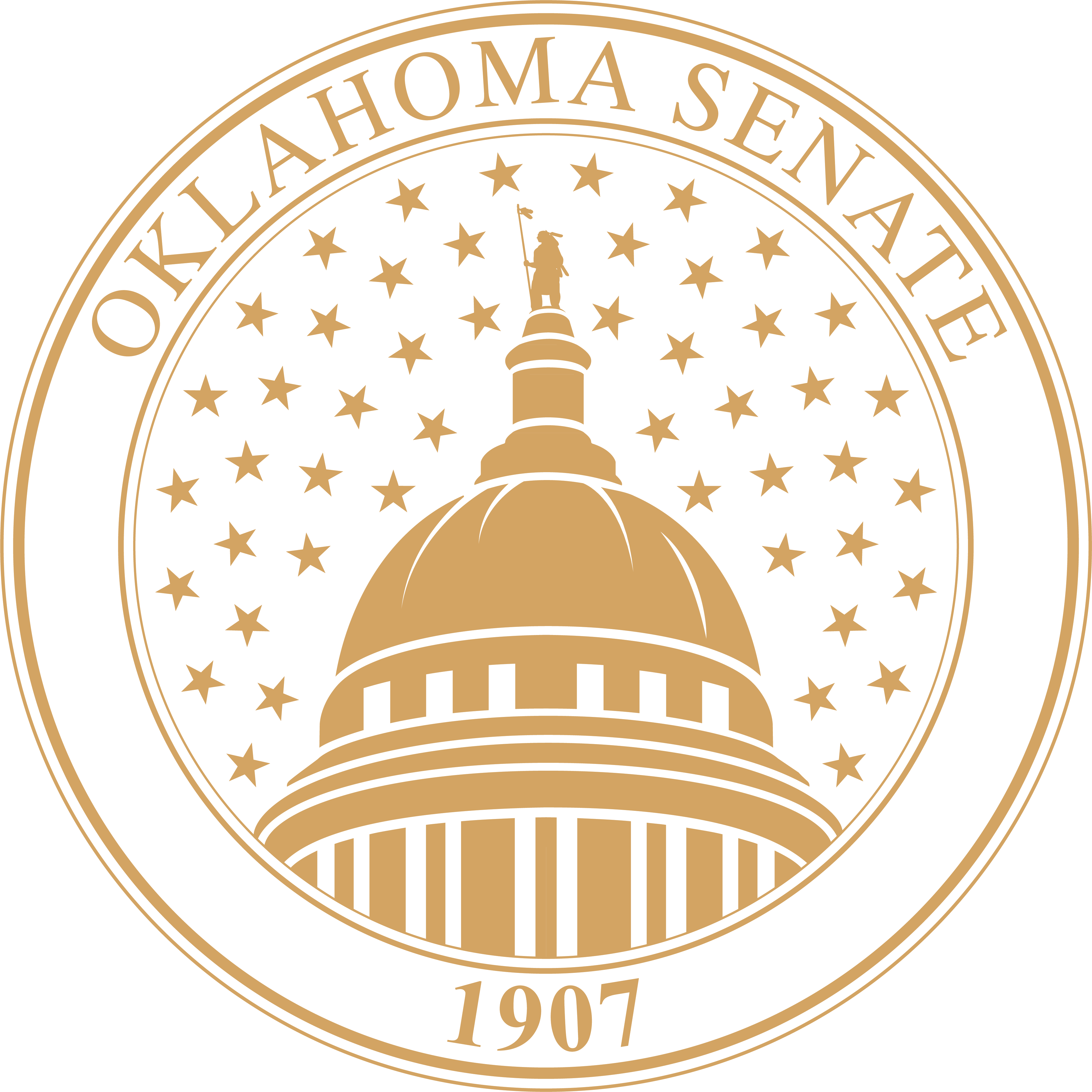In order to provide equal access and equal opportunity to people with diverse abilities, this site has been designed with accessibility in mind. Click here to view
Oklahoma Ranks High in Percentage of Teachers in Classroom, Guv's School Administration Stats Don't Tell the Whole Story
When it comes to putting teachers into the classroom, Oklahoma is doing a better job than almost every other state in the country, according to national statistics highlighted in a new Senate report.
"I think it's a very encouraging sign. It indicates that we're doing a great job of getting personnel into the classroom where they can do the most good," said Senator Cal Hobson, chairman of the Senate Appropriations Subcommittee on Education.
According to the National Center for Education Statistics, Oklahoma ranks third best in the category of teachers as a percentage of total education staff. Only Hawaii and Rhode Island do a better job of putting teachers in the classroom.
In Oklahoma, teachers make up 58 percent of all education staff, compared to a national average of 52 percent and a regional average of 53 percent.
Oklahoma has the highest percentage in the region:
"The name of the game is to get personnel into the classroom and we're doing that better than almost every other state. I hope that Governor Keating will consider these numbers the next time he discusses education funding," said Senator Hobson.
In recent weeks, Governor Keating has contended that Oklahoma is burdened by unusually high school administration levels, touting a statistic that compares administrative costs as a percentage of the overall education budget.
According to the latest Senate report, however, such percentage comparisons can be misleading. For example, increasing any section of the education budget other than administration will cause the administration percentage to decline, even though no administrative appropriations have been reduced.
"If every school bought new buses and football uniforms, the percentage of funds devoted to administration would decline on the Governor's pie graph. No new dollars would be going to the classroom, but through the magic of percentage comparisons, it would appear that administrative costs had been cut when in fact they had not," noted Senator Hobson.
"What Governor Keating is advocating could be just an artificial reduction in administrative costs that occurs only on paper, not something that actually puts more money into the classroom. We should be working to get real dollars to students, instead of aiming at some arbitrary percentage that may or may not reflect a well-funded classroom."
"I think we can reduce administrative costs, but it's important that they be examined in detail, regardless of what percentage of total funding they represent. The approach Governor Keating is advocating doesn't do that."
The Senate budget leader is urging Governor Keating to look at the "big picture" of school finances, namely that Oklahoma ranks 43rd in per pupil funding, and resist the temptation to draft policy based on a single flawed method of education spending comparisons.
"It looks like the Governor found one statistical comparison that supported his viewpoint and then stopped looking for any other evidence that might detract from it. As Governor Keating has learned all too well in recent weeks, it's better to be completely certain of something before you take action," said Senator Hobson, noting that some of the Governor's recent missteps and misstatements have drawn the attention of such regional and national publications as the Washington Post and the Dallas Morning News.
"Focusing on one narrow statistic ignores the fundamental fact that Oklahoma schools are woefully underfunded. If Governor Keating is really sincere about getting more dollars into the classroom, he'll address the fact that we rank in the bottom 10 in education funding, in addition to looking at administrative costs. "
 Oklahoma Senate
Oklahoma Senate

